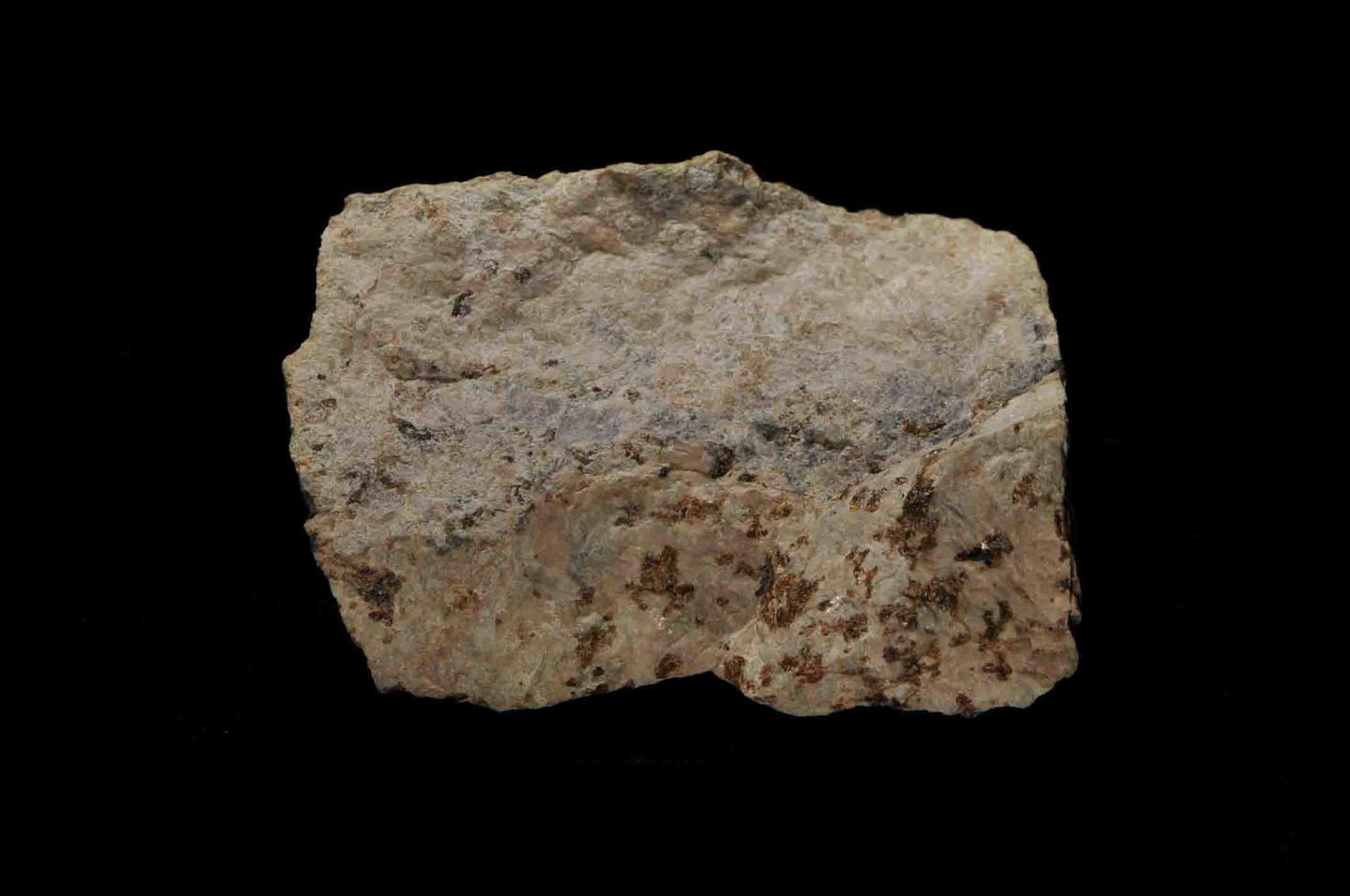
Clinohedrite is a rare and fascinating mineral that captures the interest of geologists and collectors alike. But what makes Clinohedrite so special? Found primarily in Franklin, New Jersey, this mineral is known for its unique crystal structure and striking fluorescence under UV light. Did you know that Clinohedrite was first discovered in 1898 and named after its monoclinic crystal system? Its delicate, often colorless or pale yellow crystals can sometimes be mistaken for other minerals, but its distinct properties set it apart. Whether you're a seasoned collector or just curious about minerals, these 30 facts about Clinohedrite will give you a deeper appreciation for this geological gem.
Key Takeaways:
- Clinohedrite is a rare and fascinating mineral with a unique crystal structure. It's found in zinc ore deposits, fluoresces under UV light, and is a popular subject in mineralogical journals and online forums.
- Clinohedrite, a calcium zinc silicate mineral, is primarily collected for its rarity and studied for its crystal structure. It's often found in zinc ore deposits and can form pseudomorphs, making it a unique and valuable specimen for collectors and researchers.
What is Clinohedrite?
Clinohedrite is a rare mineral that fascinates geologists and collectors alike. Its unique properties and limited availability make it a subject of interest. Here are some intriguing facts about this mineral.
- Clinohedrite is a calcium zinc silicate mineral.
- It was first discovered in 1898.
- The mineral was named after its monoclinic crystal structure.
- It typically forms in hydrothermal veins.
- Clinohedrite is often found in association with other minerals like willemite and franklinite.
Physical Properties of Clinohedrite
Understanding the physical properties of clinohedrite can help identify it in the field. These characteristics make it stand out among other minerals.
- Clinohedrite has a hardness of 5 on the Mohs scale.
- It exhibits a vitreous to pearly luster.
- The mineral is usually colorless to white, but can also appear in shades of pink or yellow.
- It has a specific gravity of 3.33.
- Clinohedrite is transparent to translucent.
Where Can You Find Clinohedrite?
Finding clinohedrite can be a challenge due to its rarity. However, there are specific locations where it is more commonly found.
- The Franklin Mine in New Jersey, USA, is a well-known source.
- It has also been found in the Sterling Hill Mine, also in New Jersey.
- Clinohedrite occurrences have been reported in Mexico.
- Some specimens come from Italy.
- Namibia is another location where clinohedrite has been discovered.
Uses and Applications of Clinohedrite
While clinohedrite is not widely used in industrial applications, it holds value in other areas. Its unique properties make it a valuable specimen for collectors and researchers.
- Clinohedrite is primarily collected for its rarity.
- It is studied for its unique crystal structure.
- The mineral is sometimes used in educational settings to teach about mineralogy.
- Clinohedrite specimens can be found in museums around the world.
- It is occasionally used in jewelry, although this is rare due to its softness.
Interesting Facts About Clinohedrite
Beyond its physical properties and locations, clinohedrite has some fascinating aspects that make it even more intriguing.
- Clinohedrite can fluoresce under UV light, typically glowing orange.
- It is often found in zinc ore deposits.
- The mineral can form pseudomorphs, where it replaces another mineral while retaining the original shape.
- Clinohedrite crystals are often small and well-formed.
- It is considered a secondary mineral, meaning it forms from the alteration of other minerals.
Clinohedrite in Popular Culture
Though not as famous as some other minerals, clinohedrite has made its mark in certain circles. Its unique characteristics have earned it a spot in various collections and discussions.
- Clinohedrite is featured in mineral exhibitions.
- It is a popular subject in mineralogical journals.
- Some rockhounding clubs organize trips specifically to find clinohedrite.
- The mineral is often discussed in online forums dedicated to mineralogy.
- Clinohedrite has been the subject of scientific research papers.
The Final Word on Clinohedrite
Clinohedrite, a rare and fascinating mineral, captivates collectors and geologists alike. Found primarily in Franklin, New Jersey, this mineral's unique properties and striking fluorescence under UV light make it a standout. Its chemical composition, CaZnSiO4·H2O, and monoclinic crystal structure add to its allure. Clinohedrite's rarity and beauty make it a prized specimen in any collection.
Understanding clinohedrite's formation and characteristics helps appreciate its significance in the mineral world. Whether you're a seasoned collector or a curious newbie, clinohedrite offers a glimpse into the Earth's geological wonders. Its vibrant colors and unique features ensure it remains a topic of interest and admiration.
So, next time you come across clinohedrite, take a moment to marvel at this extraordinary mineral. Its story, beauty, and rarity make it a true gem in the world of minerals.
Frequently Asked Questions
Was this page helpful?
Our commitment to delivering trustworthy and engaging content is at the heart of what we do. Each fact on our site is contributed by real users like you, bringing a wealth of diverse insights and information. To ensure the highest standards of accuracy and reliability, our dedicated editors meticulously review each submission. This process guarantees that the facts we share are not only fascinating but also credible. Trust in our commitment to quality and authenticity as you explore and learn with us.


